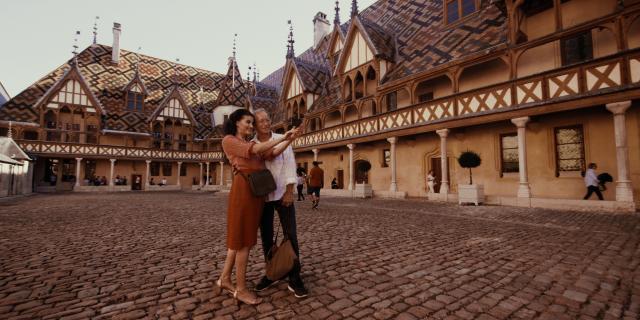 Hospices De Beaune Cour Interieure2
Hospices De Beaune Cour Interieure2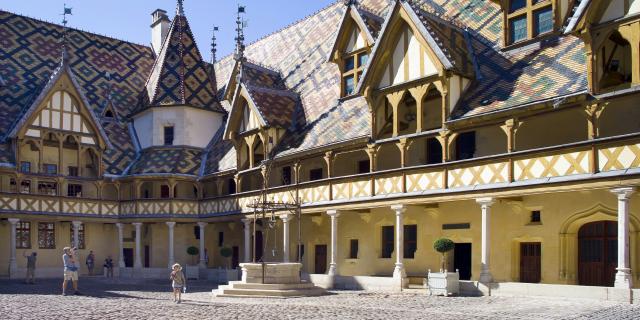 Hospices De Beaune Cour Interieure
Hospices De Beaune Cour Interieure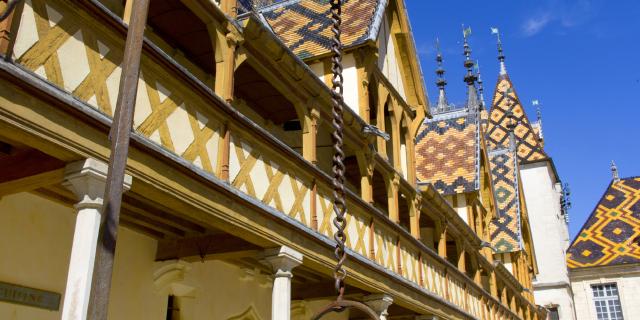 Hospices De Beaune Cour Interieure Puit
Hospices De Beaune Cour Interieure Puit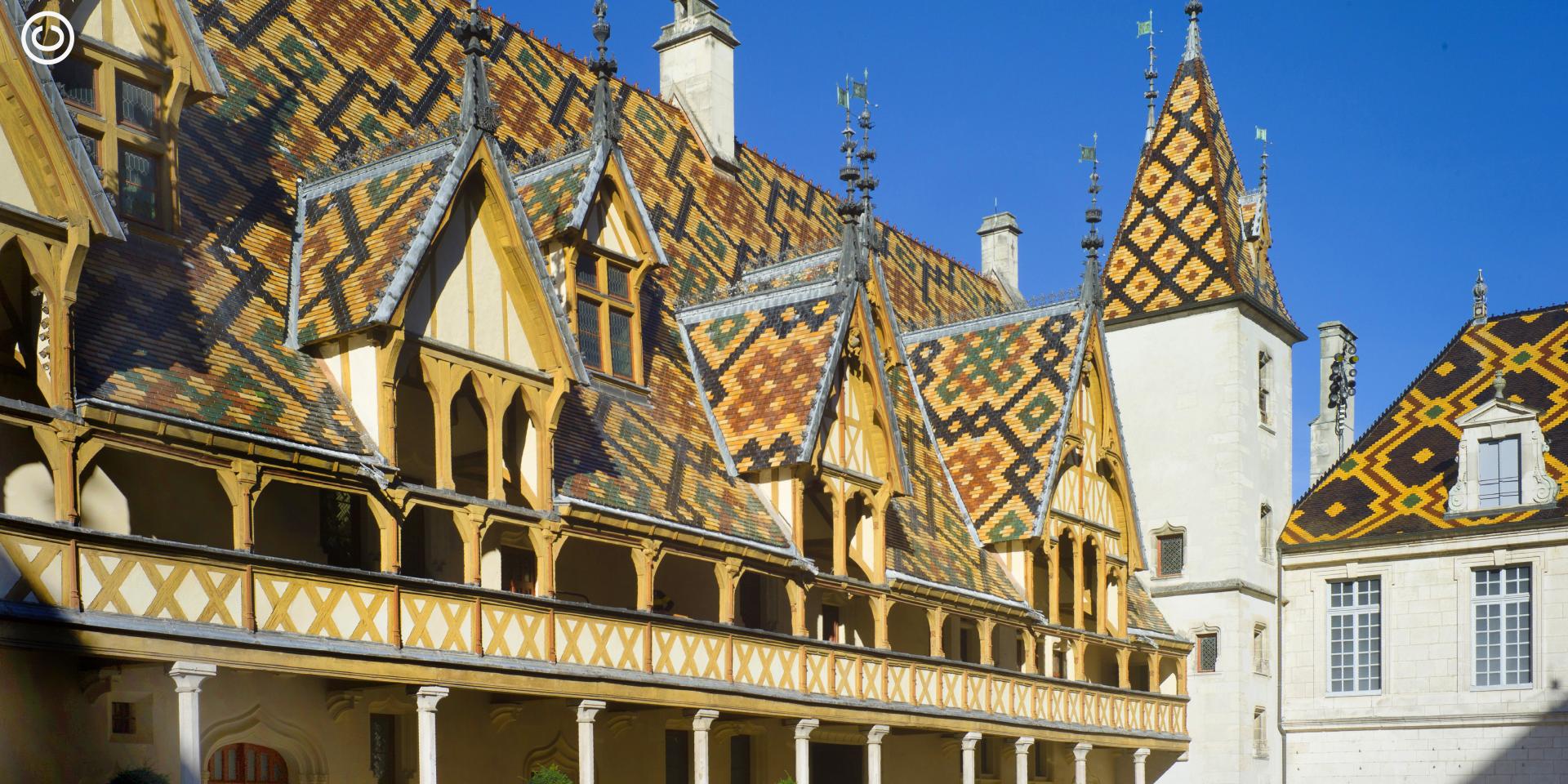 Hospices De Beaune Cour Interieure3
Hospices De Beaune Cour Interieure3When, in 1443, Chancellor Nicolas Rolin founded the Hôtel-Dieu (Hospices de Beaune), Beaune was emerging from the 100 Years’ War, a period of unrest and plague that decimated the countryside.
Thus, it was for the poor and destitute that this masterpiece inspired by the most remarkable Hôtels-Dieu in Flanders, Paris, rose.
Behind the austere slate roofs of the façade are the dazzling cour d’honneur, the magnificent glazed tile roofs and their airy dormer windows.All around the courtyard, the harmonious organization of the buildings regulates the life of the charitable institution: under the ship’s hull vaults of the Salle des Pauvres, the sick are welcomed, in the kitchen with its vast Gothic fireplaces, meals are prepared, while the apothecary’s shop, with its mortar and earthenware pots, is the reserved domain of the sister pharmacist.
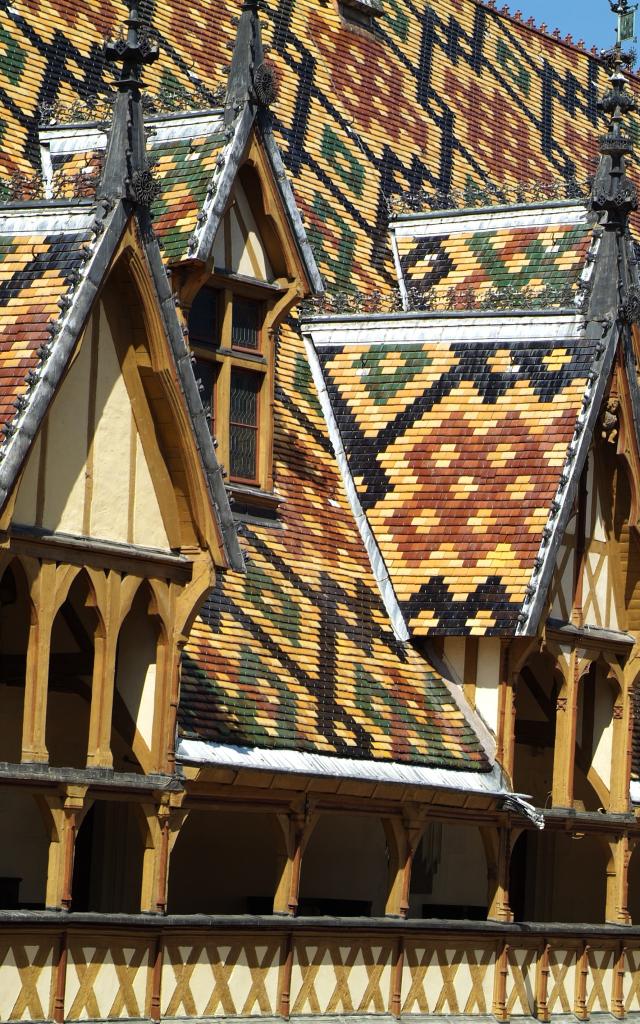 Hospices De Beaune Toits 3
Hospices De Beaune Toits 3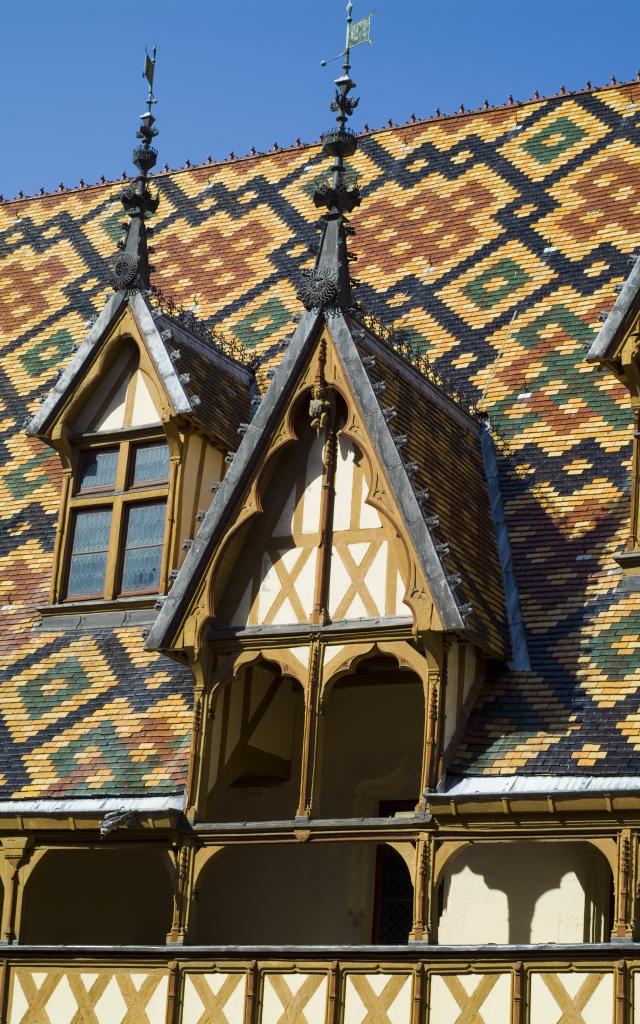 Hospices De Beaune Toits 1
Hospices De Beaune Toits 1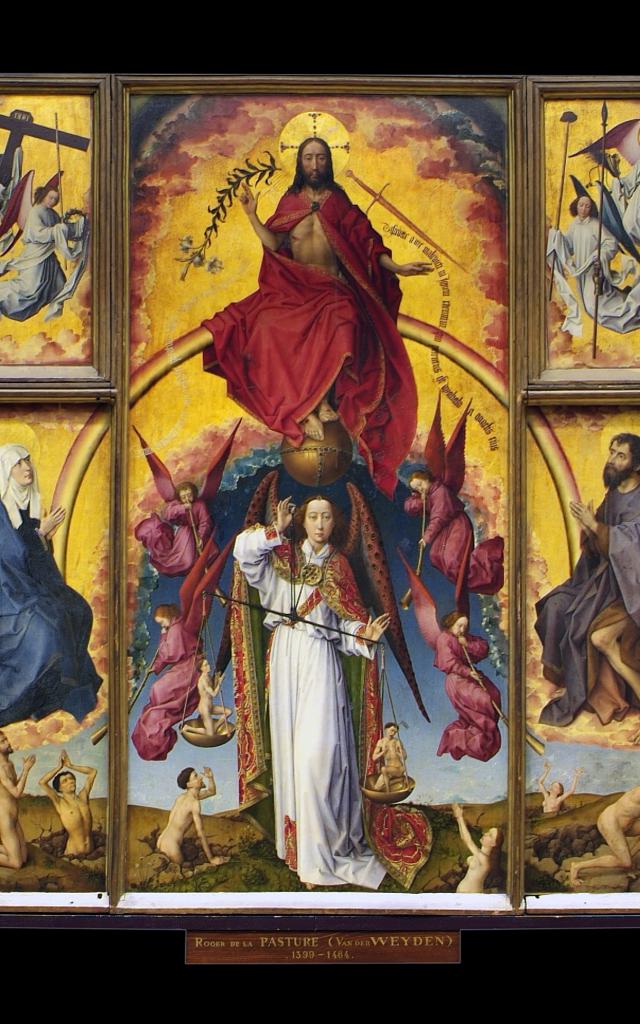 Hospices De Beaune Polyptych 1
Hospices De Beaune Polyptych 1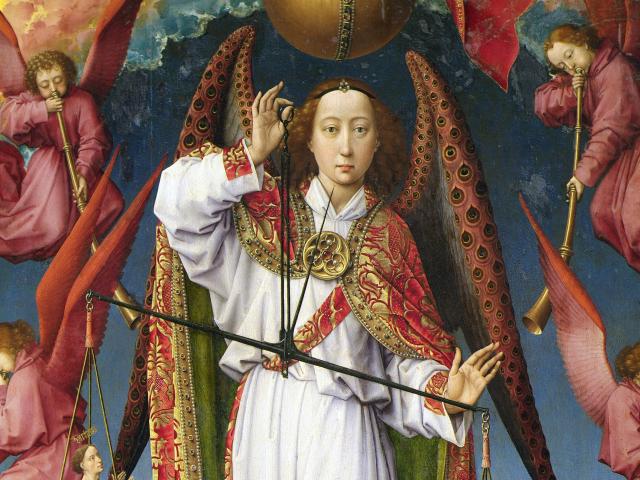 Hospices De Beaune Polyptych
Hospices De Beaune Polyptych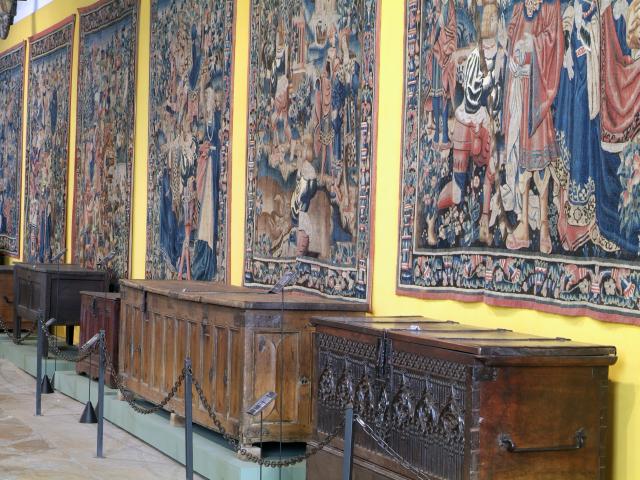 Hospices De Beaune Chest Tapestry
Hospices De Beaune Chest TapestryNicolas Rolin used his vast knowledge of hospital institutions to make his Hôtel-Dieu (Hospices de Beaune) an establishment capable of spanning the centuries. A good negotiator, he placed it under the spiritual authority of the Holy See and freed it from all royalties. And as a good administrator, he endowed it with vineyards, farms and woods. The quest for architectural perfection, the beauty of the objects and the polyptych of the Last Judgment commissioned from Rogier Van der Weyden, one of the great masters of Flemish painting, are all thanks to the Christian and the patron of the arts. Nicolas Rolin turned his Hôtel-Dieu (Hospices de Beaune) into a work of art and an act of faith for eternity.
In 1457, Guillemette Levernier made the very first donation of vines to the Hospices de Beaune – Hôtel-Dieu, and this tradition would continue for five centuries. Today, the winegrowing estate is close to 60 hectares, 50 of which are devoted to Pinot noir and the rest to Chardonnay.
Confided to 22 winemakers handpicked by the régisseur, this exceptional winegrowing estate boasts 85% premiers crus and grands crus, which are sold at auctions on the third Sunday in November. This sale, organized today by Sotheby’s, is the most famous wine charity sale in the world.
Each year one or two health charities are chosen to receive funds from the Charity Piece sale. This sale is hosted by sponsors representing the associations, to raise the bidding.
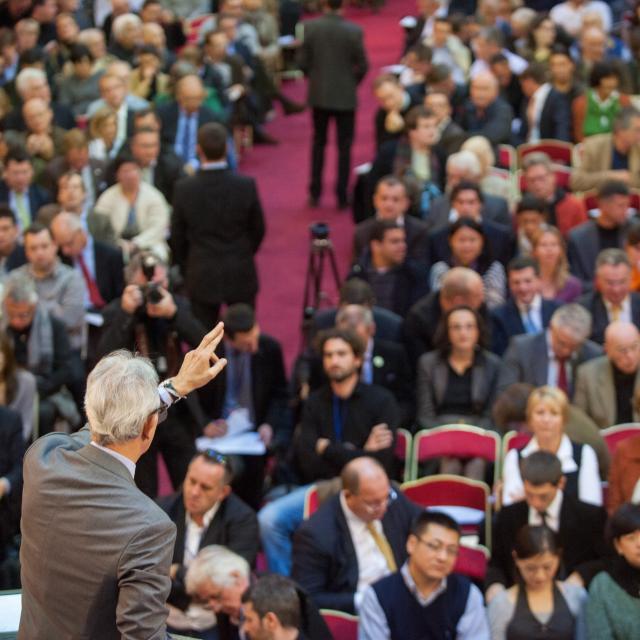 Auction Sale Beaune Wines
Auction Sale Beaune WinesIn 1966, Gérard Oury shot the film “La Grande Vadrouille” at the very heart of the Hôtel-Dieu (Hospices de Beaune). Cult scenes with Bourvil and Louis de Funès follow one another in the cour d’honneur, the grand salle des Pauvres, while a Royal Air Force pilot, the famous Big Moustache is “extracted” in extremis from the hospital, bottle in hand! This film, the greatest success of French cinema in the 20th century, continues to ensure the renown of the Hôtel-Dieu (Hospices de Beaune) more than 60 years later.